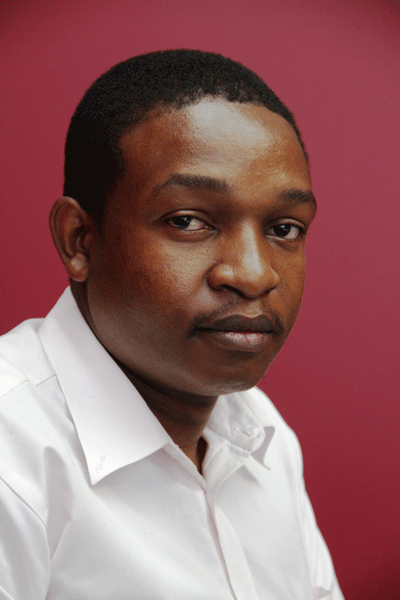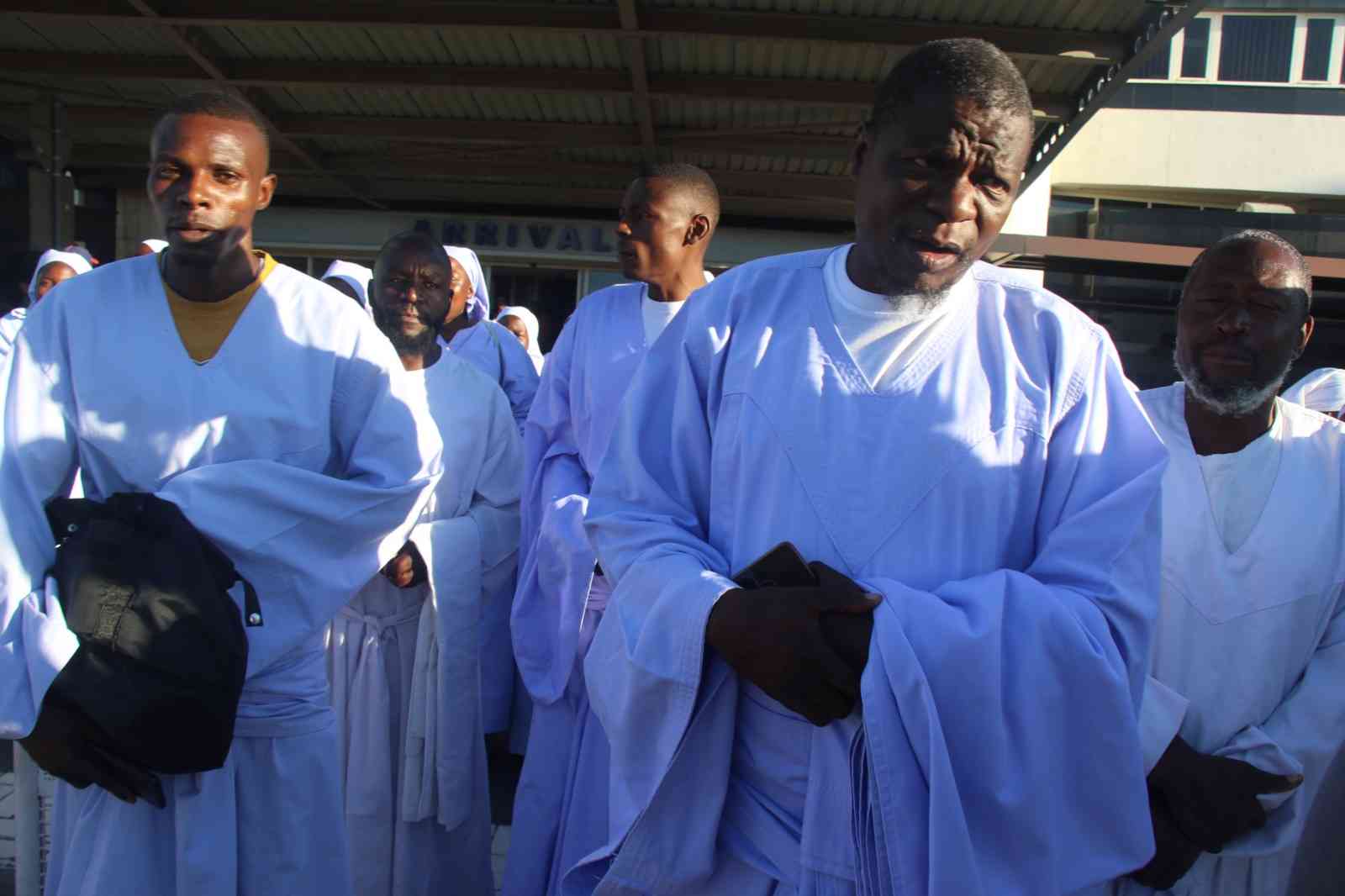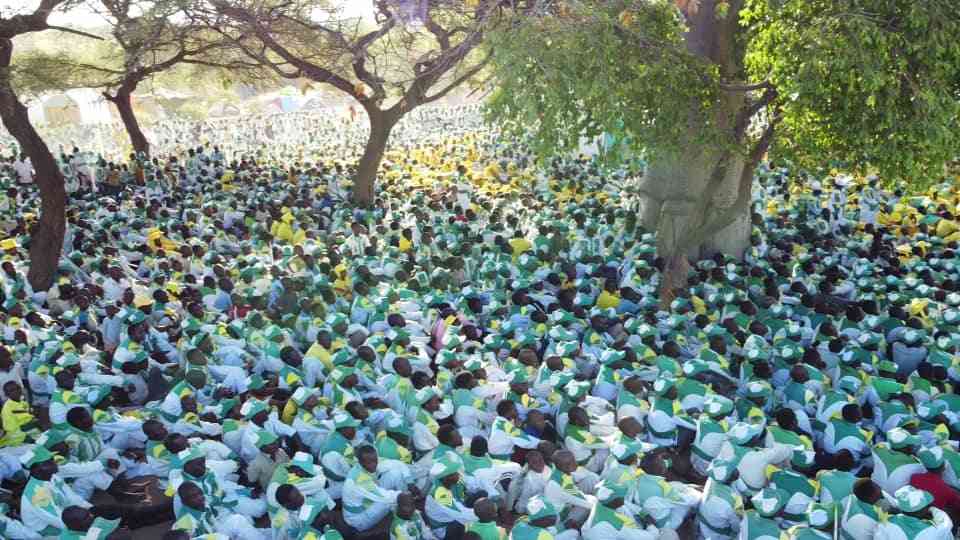
BUILDING NARRATIVES: By Fungayi Sox
- Title: Chasing The Wind
- ISBN: 978-0-7974-79594-6
In November 2017, a “powerful wind” orchestrated by the military chased Zimbabwe’s long-time ruler, the late former President Robert Mugabe out of power. Long searching for answers following decades of economic decline, Zimbabweans found themselves marching onto the streets only to later find out that they had been “chasing the wind”.
Likewise most, if not all of the characters in Phillip Kundeni Chidavaenzi’s latest offering Chasing The Wind are in a quest either for answers, survival, genuine love, healing and seeking closure to a haunted past and these are scarce life intangibles which are allegorical representation of the text’s title Chasing The Wind.
Chidavaenzi is a National Arts Merit Awards-winning author, journalist, editor of ZimGospel Masters official magazine and a minister of the gospel. He has four fictional titles to his name namely the award-winning Haunted Trail (2006),The Ties that Bind (2015),The Latter Rain (2016) and his latest novel under review, Chasing The Wind (2019). This article will seek to reveal how most characters in the novel are literary “chasing the wind”.
Predominantly set in Harare as the hive of activity, but alternating to Bulawayo and Victoria Falls as part of Chidavaenzi’s technique to take the reader on his joyride exploration, Chasing The Wind is a distinct narrative of the quest for answers, survival, love, healing and seeking closure. The action opens at Harare Central Prison with the introduction of a visibly sick and fragile Rodgers Madondo, who is serving a 15-year prison sentence and is reported to be “sensing his own mortality.” Chidavaenzi successfully keeps the reader at suspense throughout the greater part of the text on the exact crime which Rodgers has committed.
Through a tense dialogue with his sister Tete Mandisa, one is made to sympathise with his predicament as he places his hope on an impending presidential pardon and how he seems not to be in good books with his daughter Bianca. An emotional and uncertain atmosphere only leads one to suspect that Rodgers could have raped his daughter Bianca, as she is reported to be “still hurting”.
We soon learn that Rodgers has been an MP and senior official in the ruling party prior to his graceless fall and imprisonment. We are taken back to the rule of President Robert Mugabe where he would use his birthday bashes dubbed the 21st February Movement to castigate opponents and send his messages across and in this instance castigating child abusers, and one is made to connect the dots when Chidavaenzi narrates how Madondo had fallen from grace and how his name was now “splattered with filth” in the political corridors.
Madondo’s search for forgiveness and closure is demonstrated through his quest to see his daughter and this could be a metaphoric representation of him “chasing the wind” as his daughter Bianca seems not ready to forgive him for what he had done to her.
- Chamisa under fire over US$120K donation
- Mavhunga puts DeMbare into Chibuku quarterfinals
- Pension funds bet on Cabora Bassa oilfields
- Councils defy govt fire tender directive
Keep Reading
As the text progresses, we are introduced to Terrence Jaricha — a management consultant at a blue chip multinational corporation — Higgins& Belmont Inc. We learn of the sad, tragic and horrific accident which killed his parents and how he felt abandoned by the church which they (his parents) led and these are circumstances which lead him to turn his back on God thus becoming an atheist in the process.
Jaricha’s quest to embark on a path to succeed and seeking life’s pleasures could be symbolic of his “eureka moment” of “chasing the wind” as toward the end of the text, his marriage teethers on the brink of collapse with mounting legal battles due to infidelity adding onto his unending woes. In the end Jaricha seeks for forgiveness from his estranged wife Bianca and gets closure from a haunted past which he had struggled to recover from.
By allowing the reader to get into Bianca’s thoughts, Chidavaenzi successfully captures Zimbabwe’s economic hardships with a population condemned to sewage water, vending and chronic unemployment.
Chidavaenzi’s journalistic DNA comes into play as he paints and narrates how Mugabe’s attempts to save Zimbabwe’s economy were fruitless,
“He was aware that President Mugabe had travelled to China several times to secure a rescue package from the Asian country.He returned with nothing more than bilateral trade agreements and a measly amount of money just enough to purchase grains for the starving nation. There had been media reports that some villages in far-flung rural outposts were now surviving on wild fruits. He felt that was scandalous for a country that was reputed as the breadbasket of Southern Africa”. (pp.56)
Mugabe’s fruitless efforts to rescue the economy could be have been his metaphoric “eureka moment” of “chasing the wind” during the last two decades of his long reign in power.
But how Jaricha orchestrates and succeeds in acquiring a 51% stake in a multinational corporation despite his terrible childhood experiences and being very young in a post-independent Zimbabwe instils hope in Zimbabwe’s future and the fruits of Mugabe’s black empowerment efforts through the prevalent mention of the enactment and implementation of the “Indigenisation and Economic Empowerment Act”.
As Chidavaenzi wrote Chasing The Wind, one cannot help, but notice the traits in his personal character and DNA through three distinct styles in conveying his message.
Firstly he writes through a God-like third person narrative approach–and secondly through Bianca and Benson, the pastor and minister of the gospel in him (Chidavaenzi) is demonstrated as we are made to eavesdrop on God’s conversation with the two.
For instance, God orders Bianca to forgive her Father in one instance whilst in the other God tells Benson to love Nancy despite her dark past. Here Chidavaenzi wears a Godly moral lense and doesn’t judge characters based on their “dark past’.
Finally, Chidavaenzi’s baroque writing style paces his novel. The slower rate at which he (Chidavaenzi) narrates his novel allows the reader to slow down and digest each image or idea at their leisure. The punctuations of this baroque style allows him to freeze some important moments while creating vivid images in the eyes of his readers. These unique vivid description especially those of the women characters in his books could easily win him multitudes of male followers as one cannot help but ogle in admiration and appreciation of the beauty of Bianca, one of the two main protagonists in the text. He describes Bianca’s beauty in chapter three, Several pairs of eyes — hungry male eyes — followed her secretly. Tall slender and curvaceous, Bianca, who swayed from side to side as she walked with the grace of a lifetime professional supermodel, looked resplendent in a maroon velvet dress that outlined her shapely figure” (pp.10)
However Chidavaenzi’s obsession with describing women through sexual lenses could easily land him in trouble and ultimately the crucifixion cross by vocal women’s rights groups, but in defence one can argue that it is his unique and distinctive style of showing the vulnerability of women in the text from what appears to be male vultures who possess nothing but sexual interests in women.
As the text ends Chidavaenzi consolidates his resolution by ensuring that women are treated with respect as Terrence later ask for forgiveness from Bianca whereas Nancy, an ex-prostitute in Harare’s red lights streets gets married to Benson, who is described as respectful crusty veteran in the legal trenches.
Nathan is also found “chasing the wind” when he miscalculates his “closeness” to Bianca and proposes to her but much to his disappointment, he is rejected by Bianca who informs him that “she only loved him as a brother”–possibly the most heartbreaking words any man can hear.
For the greater part of Chasing The Wind, Chidavaenzi wrote the book with a liberatingly dense style and his prose strikes the reader in a rather circumlocutory and clever way. While each of the characters in the text is stuck in the search for answers which is metaphorically represented by the wind, Chidavaenzi does justice by resolving the story plot and ensures that as the text ends — all characters find answers, healing and closure — two clear examples being when Bianca forgives her father for raping her, Jaricha repents from his old ways and deals with his past, while Nancy turns her back on prostitution after securing employment at a respected private law firm. For me this is the moment when all the characters “stops chasing the wind” and moment which resembles calmness at last.
While the story plot for Chasing The Wind is dominated by characters searching for answers to various dilemmas in their respective lives, for me the book carries economic and socio-cultural undertones which summarises the last few years of Mugabe’s tenure with prevalent themes relating to economic decline and attempts to rescue Zimbabwe’s ailing economy through the Look East Policy and empowerment of black Zimbabweans through the Indigenisation and Economic Empowerment Act.
- The Writer Fungayi Sox is a Harare-based communications consultant specialising in writing, book editing, education, personal development,digital media technologies and publishing. He can be contacted on +263 776 030 949 or follow him on Twitter @Antony Sox or connect with him on LinkedIn on Fungayi Antony Sox.










